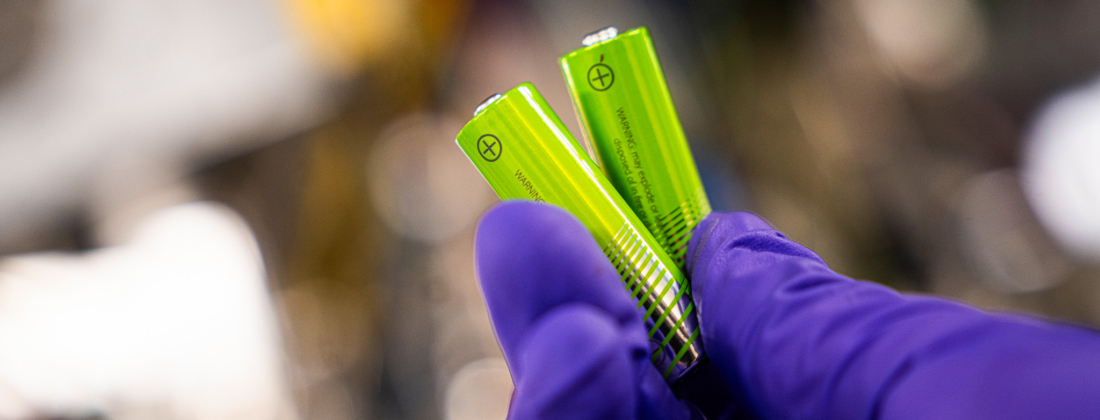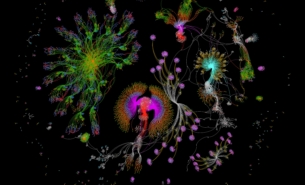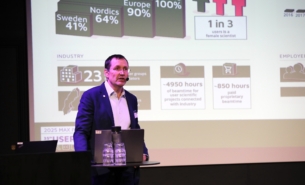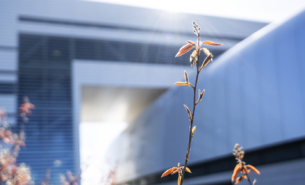Battery researchers across Sweden gathered last week (19/3) to kickstart the Battery matrix at MAX IV. Researchers came from various universities in Sweden, including Chalmers University, Uppsala University, Linköping University, and Lund University. Led by MAX IV's beamline scientists Robert Temperton and Justus Just, the workshop focus on engaging discussions for a better support toward the battery research community. Other MAX IV's scientists and functions, including the facility's Science Director were also present.
The matrix is aimed at opening the door and providing a contact point for battery science at MAX IV. The facility is focused on establishing close interaction with the community and bridging the gap between techniques/beamlines and their applications.
“This workshop is a good way forward together and finding ways to contribute to the work. The strategic importance of batteries is widely understood in Sweden and around the world. Therefore, we should channel battery research in a better way,” explains Science Director Joachim Schnadt.
The matrix is envisioned to make MAX IV’s cutting-edge techniques more available and accessible, making it more efficient for battery research. Representing the MAX IV Battery matrix area, Justus Just from the Hard X-ray group and Robert Temperton from the APXPS group identified and presented the facility’s core action areas in the matrix, such as researchers’ access, education, instrumentation and capabilities, and collaboration.
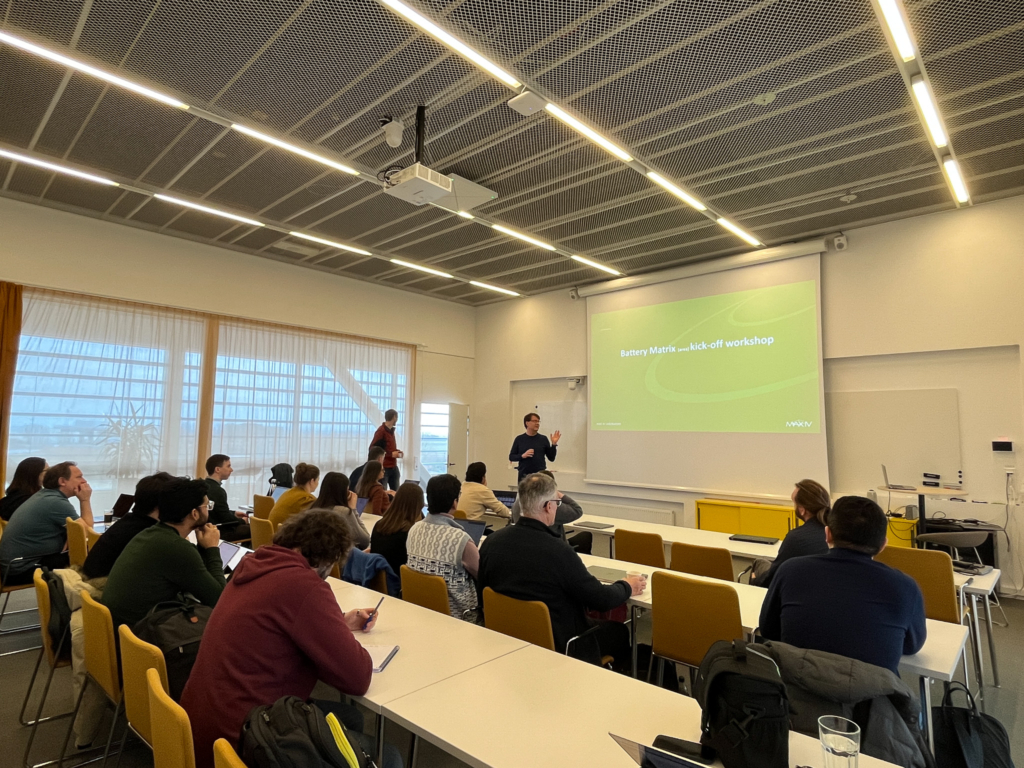
“It is also an effort to think laterally within MAX IV to address strategic research themes. Currently, we have matrix areas in battery, life science, time-resolved, and coherence science. We are working to engage in quality and efficient cross-beamline collaboration and knowledge transfer and creating even better research opportunities,” explains Schnadt.
The full-day event was filled with open discussions, battery science presentations from researchers in various battery research themes and applications, and networking sessions. Among the valuable discussions were the research community’s input to MAX IV’s developments, access, and method to support battery research.
